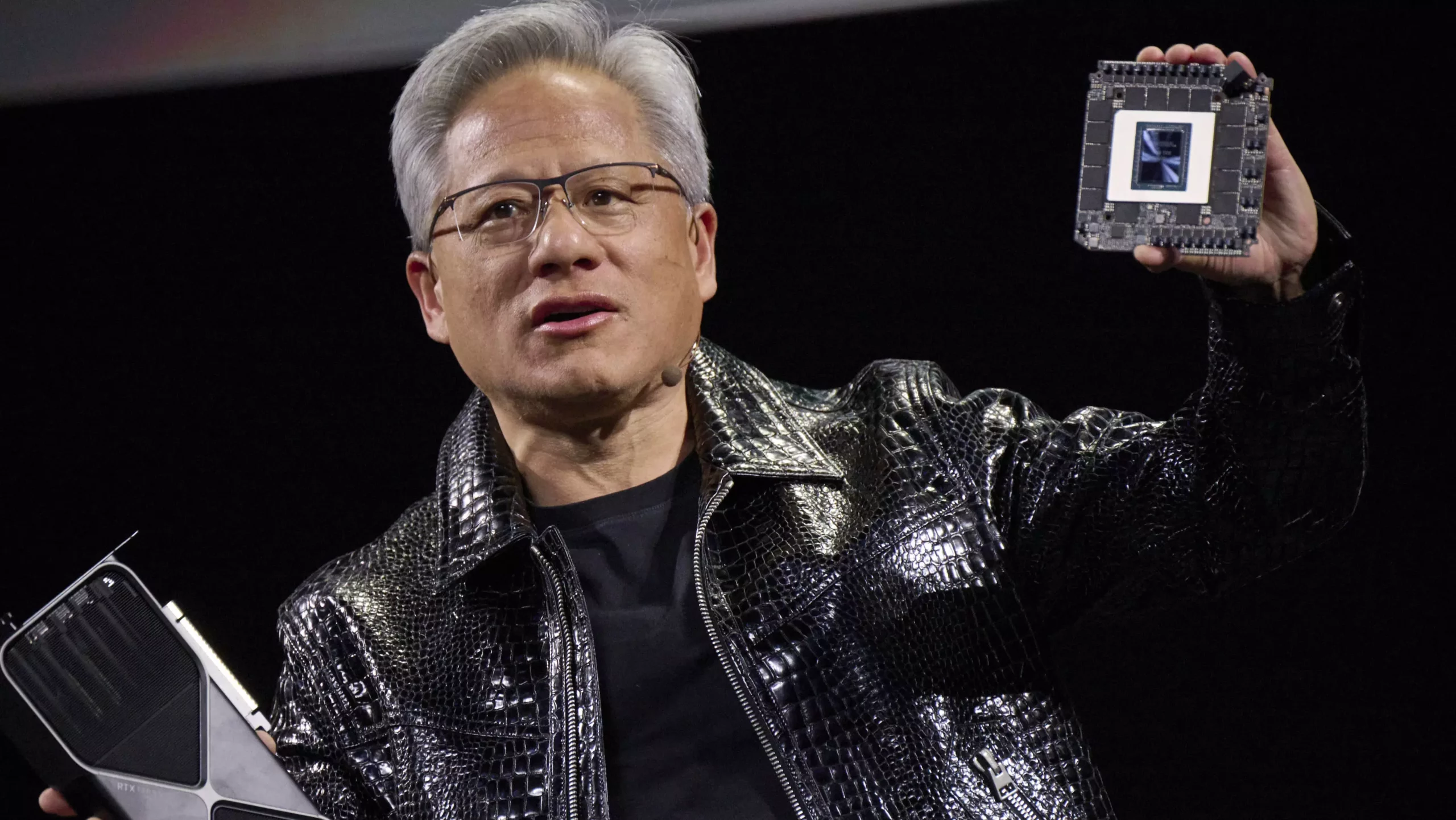The intersection of globalization and nationalism has become a prominent theme in today’s tech landscape, especially as the United States grapples with its place in a rapidly evolving global economy. Recently, Nvidia CEO Jensen Huang’s statements regarding U.S. chip export regulations have spotlighted this ongoing struggle. The crux of Huang’s argument is simple yet profound: as the tech world advances at breakneck speed, outdated regulatory frameworks risk stifling innovation rather than fostering it. Huang’s critique comes in light of new export regulations that are purportedly being reconsidered by the administration, highlighting the conflict between enhancing competitiveness and protecting national interests.
In his remarks, Huang emphasizes the need for a modernized approach to export controls. His mention of the Framework for Artificial Intelligence Diffusion reflects a shift back to a dialogue about regulations imposed during the previous administration, rules that exist within a dichotomy of openness and restriction. Huang argues that any forthcoming policy ought to recognize that the global landscape surrounding artificial intelligence has shifted noticeably, making it imperative for the U.S. to facilitate the wider dissemination of advanced technologies.
The Export Control Dilemma
At the heart of Huang’s message is an assertion that restricting the flow of American AI technology may, in fact, hamper the very competitive edge that the U.S. is striving to maintain. The export control proposal currently circulating suggests a tiered licensing system for countries seeking U.S.-made chips. This regulatory framework promises to give the U.S. greater leverage when negotiating terms with foreign nations. However, Huang’s apprehension is evident: a more convoluted licensing process could slow down exports, thus impeding technological advancement and potentially allowing competitors, such as China, to close the gap.
Huang does not shy away from the potential risks posed by the Chinese tech sector, arguing that the U.S. must recognize the rapid pace at which China is advancing in AI technology. The implication is clear: to remain a leader in the global market, American policymakers should facilitate the swift distribution of technology rather than erect barriers. For Nvidia, the practicality of getting chips into the hands of developers and researchers worldwide is paramount. Huang’s stance proposes a race not merely defined by the sheer number of chips exported but by the accelerated pace of innovation fueled by these exports.
The Complexity of Competition
However, there exists a contradiction within these arguments. Huang’s allusions to increasing exports as a means to hasten advancements in technology seemingly overlook the risks of unintended consequences. By allowing more chips to flow freely, there’s an increased chance that these technologies could end up in the hands of nations that pose a strategic or economic threat to U.S. interests. Moreover, the reality is that many of the chips manufactured by Nvidia do not originate in the U.S., but rather, they are crafted in facilities located in Taiwan and other parts of Asia.
The narrative that paints American companies as bastions of manufacturing prowess, producing cutting-edge technology solely within American borders, can feel disingenuous. Even as semiconductor companies like TSMC ramp up their operations in the U.S., the infrastructure is fundamentally tied to global supply chains. This complicates any narrative that pushes for a hardcore ‘America-first’ approach while still relying on international partners to manufacture these high-tech products.
The Fiscal Angle: Profit Motives Behind Policy
One cannot ignore the financial implications that underpin Huang’s advocacy for looser export regulations. The obvious motivation for Nvidia lies in profitability: a more permissive export framework could lead to increased sales and revenue, benefiting the company and, by extension, its U.S. stakeholders. However, framing the conversation solely around profits undercuts a more comprehensive understanding of tech policy’s role in national security and global competitiveness.
Huang argues with the passion of a technologist who recognizes the limitless possibilities that AI offers, yet this also raises questions about responsibility and ethical considerations in profit-driven motives. Are the leaders in the tech industry fully prepared to grapple with the broader consequences of their policies? Or will they continue to prioritize immediate financial gain over a more sustainable, ethically guided framework that accounts for the geopolitical realities shaping global tech commerce?
Navigating today’s technological landscape requires balancing innovation with foresight, a challenge that cultivates an ongoing discourse. Huang’s comments serve as a catalyst for deeper examination not only of current export regulations but also of the foundational dynamics that fuel America’s position in the global race for AI supremacy. In the end, whether the path forward favors open markets or strict controls remains to be seen, but the discussions spurred by leaders like Huang are crucial for charting the future of technology.


Leave a Reply